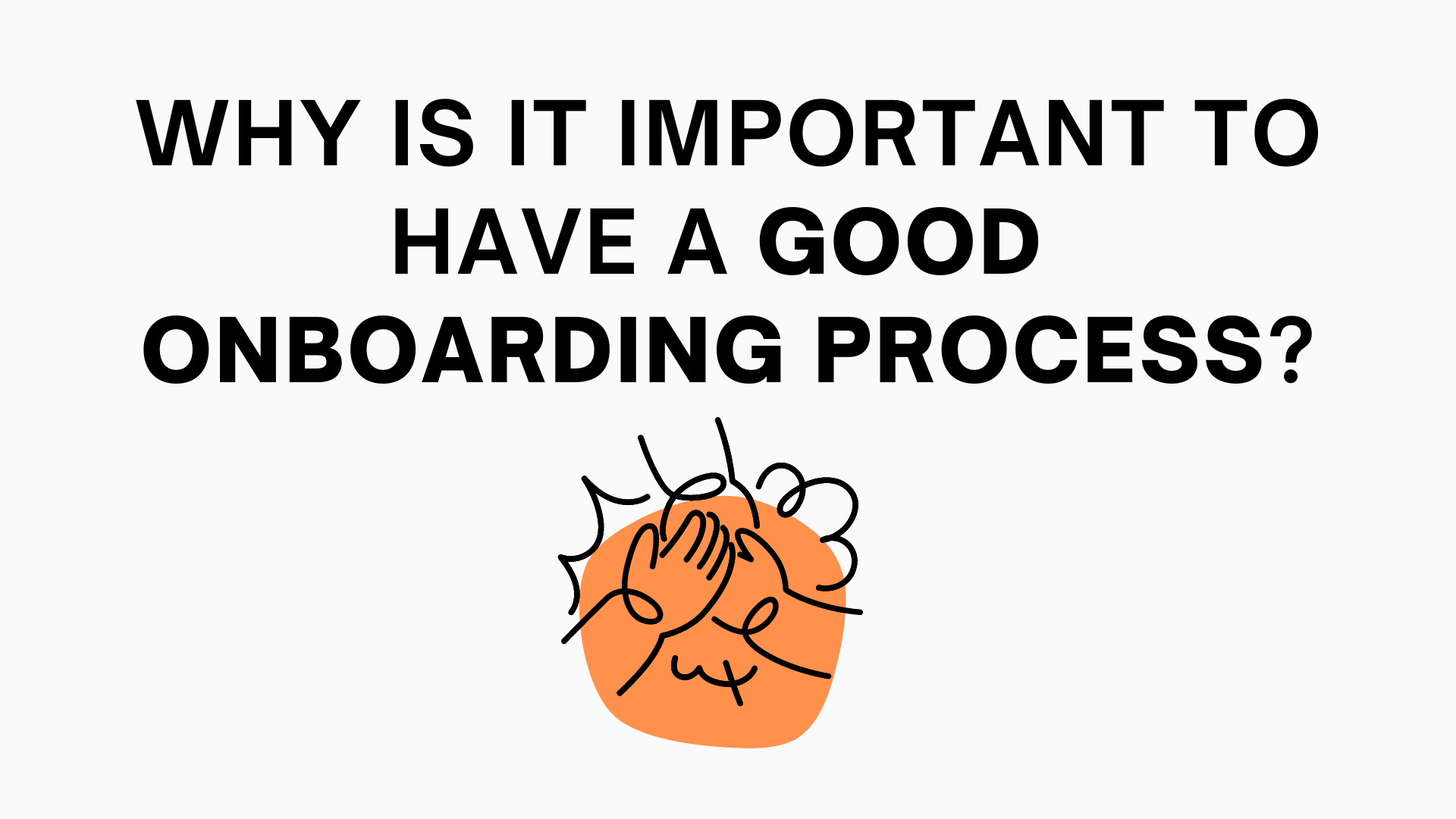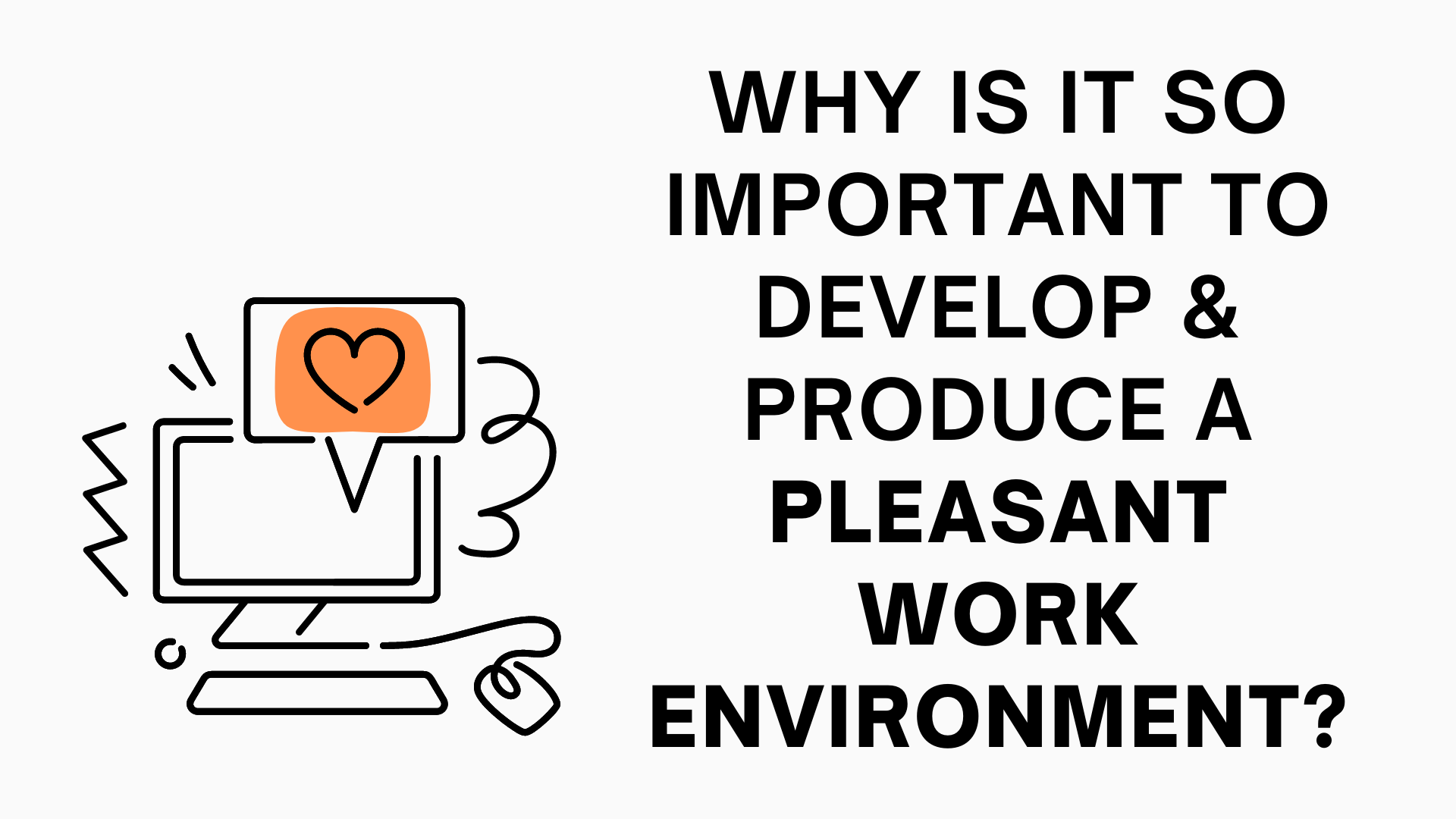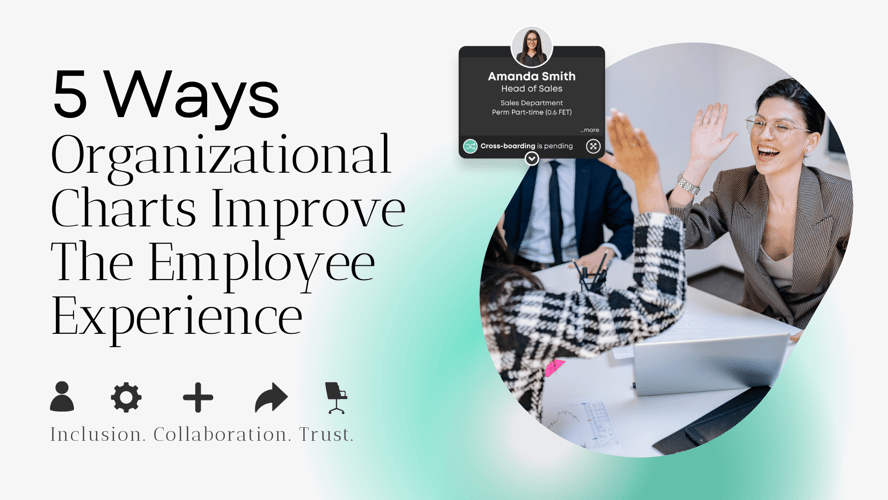With the average person having 12 jobs in their lifetime, many could share their recollection and memories of poor employee experiences. There are plenty of terrible work experiences. We have all had them, and if you haven’t, just wait. Not that it’s a bad thing. Personally, I believe everyone should experience a not-so-great workplace experience, as well as even getting fired; it shapes you and pushes you to be better as a person and an employee.
I’ve had my fair share of moments where I question whether my employer even cares…
When it comes to onboarding, Recruitment Software is the building block. The block to help create this development and it’s crucial for the candidate experience. In hindsight, having great experiences really do make a difference. Am I saying this blog will be purely about unfortunate experiences in the workplace? No. So, let’s dive in.
What Exactly is Onboarding?

According to hrzone.com, onboarding, which is also referred to as ‘organisational socialisation’, is where new employees are physically, emotionally, and professionally incorporated into the existing culture and operations of their new workplace. The onboarding process is a series of events that can go on for months, where the employer helps integrate new employees into the regime and expectations of the company.
The employee experience all comes down to the induction and onboarding process once an individual starts a new job. How important is this process exactly? Well, almost 33% of new staff start looking for a new job in the first six months, and 23% of new employees leave their position within the first year. How can we change that?
Concerning the onboarding process, there is also in partnership with the induction or orientation. Both onboarding and induction are equally important and the keys to ensuring a positive employee experience. The induction process is a singular event, where you get introduced to and affiliated with the goals and culture of the company. It refers more to the ‘big picture’ and explains how you would fit in the company. First impressions always count and with reference to induction, employers should be prepared in getting new employees familiar with the company’s mission and culture.
When combined, induction/orientation and onboarding help to establish the clarity of the role, job fulfillment, and commitment which can help lower employee turnover rates and stress.
Why is it Important to Have a Good Onboarding Process?

You need to stimulate and keep your employees sane throughout their employment. With this, the mental stability of new employees is crucial. You need to engage and motivate them by involving learning tools and face-to-face interaction. As a new employee starts their role, they need to know the ins and outs of the company. Tools you can implement include online training, invitations to lunch/coffee with staff and managers to feel included, and goal setting to push them throughout the first 30 to 90 days.
I once had a job where I never knew I could venture out and try different locations to keep myself motivated. The training was never engaging, and if I ever got the wrong answer, I was merely told the correct one, as it was ‘time-consuming’ to explain the information. I never felt mentally stimulated and soon evolved into a working robot.
Other examples include when I had my first day at Company X and didn’t quite know or understand the ‘dos’ and ‘don’ts’. Because of this, I was then publicly told I wasn’t doing my job, despite not knowing exactly how they did things in Company X. With this, it can significantly affect your confidence and ability to perform tasks. No one wants that.
How Can You Help?

By identifying the early signs of stress and pressure during the onboarding of a new hire, you can more effectively identify how to handle and correct such situations. The first day at work is always significant, and it can dictate whether an employee wants to stay and remain at the company. Try to make it a memorable experience for them, and continue to make it special.
Leadership is critical when it comes to onboarding. Establishing a healthy relationship between the employer and employee is vital to set the tone and expectations between managers and staff members.
According to hrpayrollsystems.net “when managers or employers guide new employees through the onboarding process and open their doors for questions, it establishes a relationship while also streamlining the process. A patient and enthusiastic leader can inspire and assist new employees, making them feel like part of the team and boosting the overall company culture”.
What If It’s Not Like That?

Unfortunately, in many work relationships, you may find that you just can’t get along. Many factors can be present, but as long as the working relationship remains professional and respectful, then everything else in between can be handled privately. Address your concerns if you genuinely feel that it is affecting your work regime. But, within the onboarding process, it is incredibly crucial to maintain a healthy and honest relationship with your employees.
I once had a manager who used intimidation to get their employees (myself included) to feel guilty if they couldn’t perform a task. Some individuals use their power in such a negative demonstration that it hinders relationships and ultimately causes employees to lose interest and respect for their workplace. You want to excite your employees to come to work and want to be there. Aim to continue their onboarding process where you are always seen as the person who can guide and mentor them. Be their boss and their friend.
Offer training and share their performance review. Allow your employees to gain interest and a desire to prove and showcase their best assets.
An interesting point comes from Talent Management and HR, who said that effective onboarding can have a dramatic effect on job performance and satisfaction, organisational commitment, and retention.
Recent evidence also suggests that a poor corporate socialisation process can result in emotional exhaustion and job burnout. In saying this, be attentive to your employees and always be willing to assist them in becoming better in their position, thus building and creating a sustainable and enjoyable work environment and culture. Plus, it makes coming to work more fun.
Why is it So Important to Develop & Produce a Pleasant Work Environment?

You could even be asking, “can’t we still manage and work if it’s an adequate or below-average workplace?” Sure you can. That’s if you enjoy cringing every morning when your alarm goes off to remind you of the torture you have to face (sometimes it does feel like that). But if you want a different perspective, then it’s imperative to maintain a healthy work environment.
By attaining an enjoyable work environment, it not only pushes your employees to be better but to also go above and beyond their work requirements. You want to encourage and grow their passion for their role, and in doing so have a passion for your company and business. They say “happy wife, happy life”, but it also can be translated to “happy employees, happy business” (you know where I’m trying to get at).
For many candidates seeking a role, they may have never known a positive employee experience. Try and be the employer who gives them that. You can be their first, and wouldn’t that be great.





Blog comments